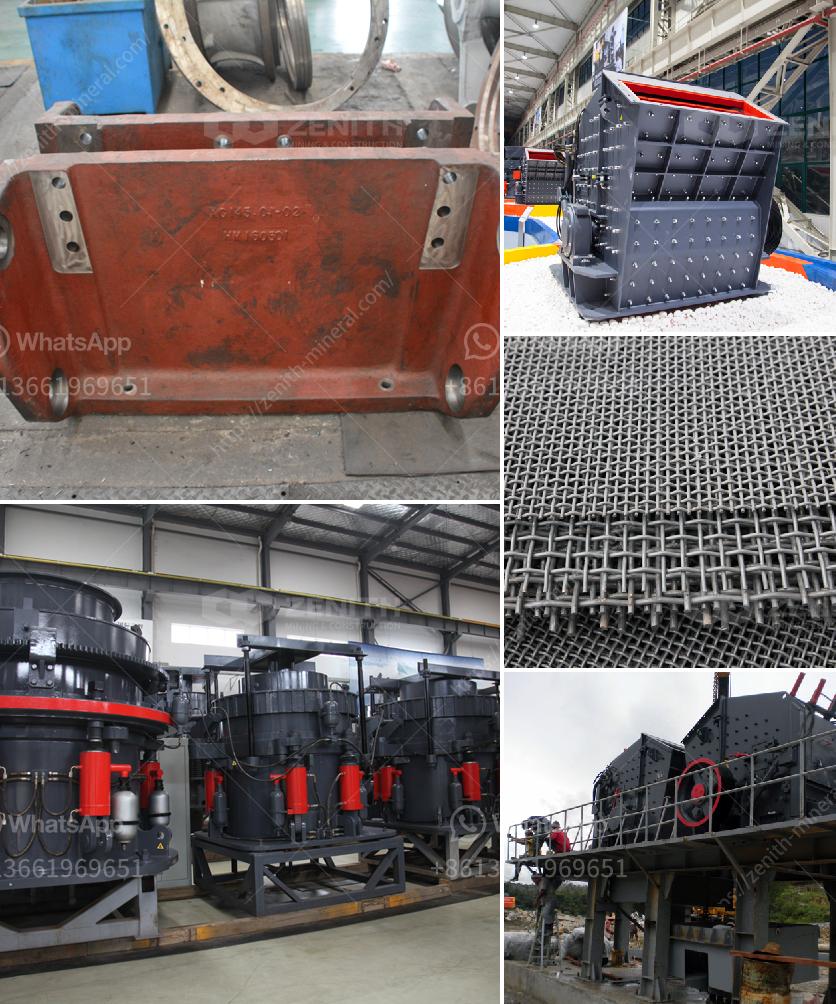The main difference between a ball mill and a roller mill lies in their design and the grinding mechanism they employ.
Ball Mill:
- Grinding Mechanism: Uses balls to grind the material. The balls are placed inside a rotating cylinder or drum.
- Operation: The cylinder rotates, causing the balls to fall back into the cylinder and onto the material being ground, achieving a pulverizing effect. It's suitable for fine and ultra-fine grinding.
- Particle Size: Typically results in a finer grind compared to roller mills.
- Versatility: Can be used for dry and wet grinding.
- Applications: Widely used in mining, chemicals, and pharmaceuticals for fine grinding of various materials.
Roller Mill:
- Grinding Mechanism: Utilizes cylindrical rollers to crush and grind material. The material is fed between the rollers which grind it into smaller particles.
- Operation: The rollers rotate in opposite directions, pulling the material through and grinding it in the process. Typically more efficient for coarse to medium grinding.
- Particle Size: Usually produces a coarser grind compared to ball mills, but newer designs and techniques can achieve fine grinding as well.
- Energy Efficiency: Generally more energy-efficient compared to ball mills.
- Applications: Commonly used in the grain and food industry, as well as in cement and mineral processing.
In Summary:
- Ball mills are typically used for finer grinding and are versatile for both wet and dry processes.
- Roller mills are more efficient for coarser grinding and are commonly used in applications where efficiency and particle size uniformity are crucial.

